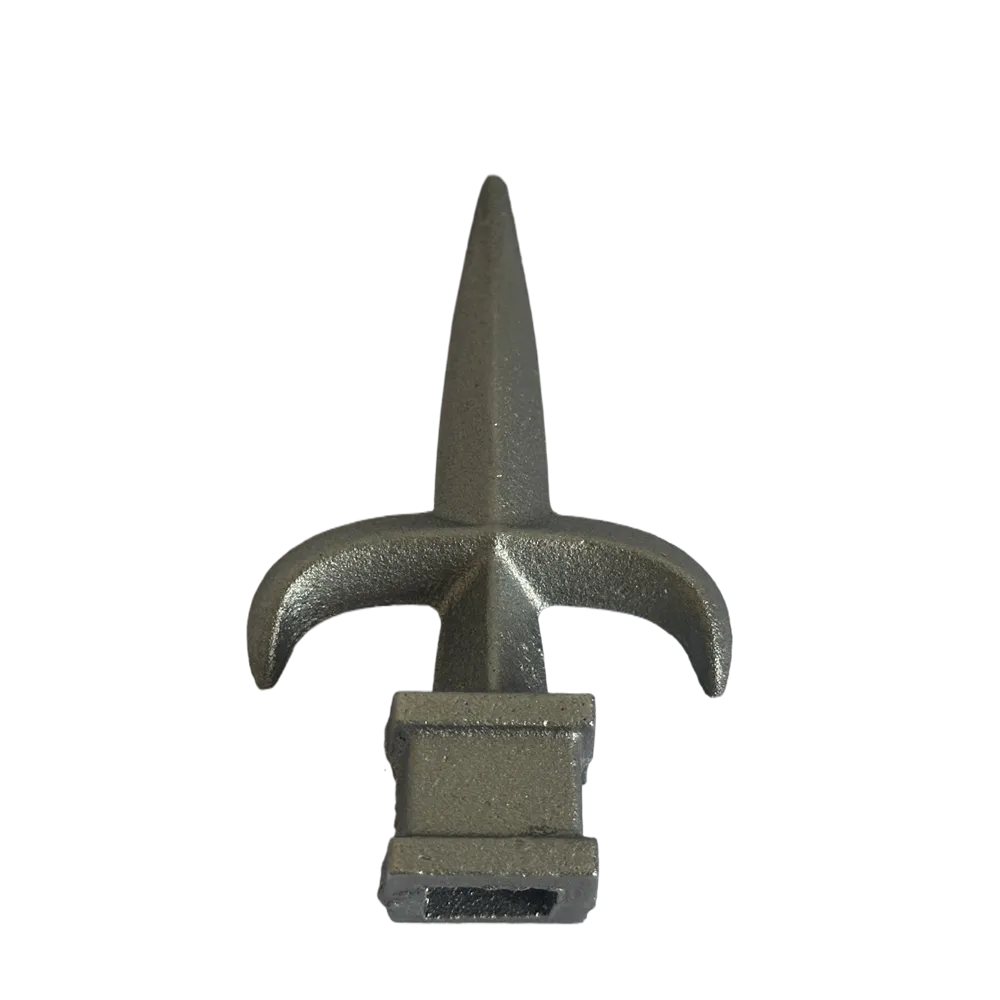Exploring Decorative Metallic Elements and Their Role in Modern Design Aesthetics and Architecture
Ornamental Metals Components The Art of Decorative Engineering
Ornamental metal components are an essential aspect of architectural design, interior decor, and a variety of artistic applications. These components, which include railings, gates, balustrades, and decorative screens, blend functionality with aesthetic appeal, transforming ordinary structures into extraordinary works of art. The versatility of ornamental metals lies not only in their ability to provide structural support but also in their capacity to enhance the visual impact of a space.
The History and Evolution of Ornamental Metals
The use of ornamental metals can be traced back to ancient civilizations. In Egypt, artisans crafted intricate metal pieces for decorative and symbolic purposes, while the Romans used bronze and iron to create elaborate architectural details. Over centuries, the craftsmanship of ornamental metalwork evolved, integrating various techniques and styles, such as wrought iron, casting, and stamping. The Renaissance period marked a significant rise in the artistry of metal components, characterized by elaborate scrollwork and intricate designs that celebrated both form and function.
Fast forward to modern times, ornamental metalwork continues to thrive, with advancements in technology facilitating more complex designs. Computer-aided design (CAD) software allows artisans to create detailed patterns and visions that were once limited by manual craftsmanship. This blend of traditional techniques and modern technology has led to innovative designs that can be tailored to meet specific aesthetic and functional needs.
Popular Materials in Ornamental Metalwork
Ornamental metals are primarily made from materials such as wrought iron, aluminum, brass, bronze, and stainless steel. Each material offers unique properties that cater to different design requirements
1. Wrought Iron Known for its malleability and durability, wrought iron is a favorite for railings and gates. Its ability to be shaped into intricate designs makes it a popular choice for custom projects that require a touch of elegance.
ornamental metals components

2. Aluminum Lightweight and resistant to corrosion, aluminum is ideal for exterior applications. Its versatility allows for a wide range of finishes, making it suitable for everything from minimalist designs to ornate classical styles.
3. Brass and Bronze These metals are favored for their warm tones and luxurious appeal. They are often used in decorative fixtures, hardware, and accents that require a touch of sophistication.
4. Stainless Steel Known for its modern aesthetic and durability, stainless steel is commonly used in contemporary designs. Its resistance to rust and tarnish allows for clean lines and seamless integration into both indoor and outdoor environments.
The Role of Ornamental Metal Components in Design
Ornamental metal components serve multiple functions in design. They provide safety and security while enhancing aesthetic value. For example, a beautifully crafted wrought iron gate not only secures a property but also acts as a statement piece that enriches the overall curb appeal. In interior spaces, decorative metal screens can create visual interest and division without obstructing light flow, contributing to an open and inviting atmosphere.
Moreover, the use of ornamental metals is not limited to traditional or classic styles. Contemporary designs embrace clean lines and minimalist approaches, utilizing metals to create striking focal points and architectural features. The adaptability of ornamental metals makes them suitable for a variety of themes, from rustic to industrial to modern chic.
Conclusion
Ornamental metal components are a testament to the fusion of art and engineering. They celebrate the craftsmanship of the past while embracing the possibilities of modern technology. As we move forward, the integration of sustainability and eco-friendly practices in the production of ornamental metals will not only preserve their beauty but also ensure their relevance in future design challenges. Whether adorning a historic building or enhancing a modern home, ornamental metals will continue to captivate and inspire, enriching our environments with their timeless elegance.
-
Wrought Iron Components: Timeless Elegance and Structural StrengthNewsJul.28,2025
-
Window Hardware Essentials: Rollers, Handles, and Locking SolutionsNewsJul.28,2025
-
Small Agricultural Processing Machines: Corn Threshers, Cassava Chippers, Grain Peelers & Chaff CuttersNewsJul.28,2025
-
Sliding Rollers: Smooth, Silent, and Built to LastNewsJul.28,2025
-
Cast Iron Stoves: Timeless Heating with Modern EfficiencyNewsJul.28,2025
-
Cast Iron Pipe and Fitting: Durable, Fire-Resistant Solutions for Plumbing and DrainageNewsJul.28,2025
-
 Wrought Iron Components: Timeless Elegance and Structural StrengthJul-28-2025Wrought Iron Components: Timeless Elegance and Structural Strength
Wrought Iron Components: Timeless Elegance and Structural StrengthJul-28-2025Wrought Iron Components: Timeless Elegance and Structural Strength -
 Window Hardware Essentials: Rollers, Handles, and Locking SolutionsJul-28-2025Window Hardware Essentials: Rollers, Handles, and Locking Solutions
Window Hardware Essentials: Rollers, Handles, and Locking SolutionsJul-28-2025Window Hardware Essentials: Rollers, Handles, and Locking Solutions -
 Small Agricultural Processing Machines: Corn Threshers, Cassava Chippers, Grain Peelers & Chaff CuttersJul-28-2025Small Agricultural Processing Machines: Corn Threshers, Cassava Chippers, Grain Peelers & Chaff Cutters
Small Agricultural Processing Machines: Corn Threshers, Cassava Chippers, Grain Peelers & Chaff CuttersJul-28-2025Small Agricultural Processing Machines: Corn Threshers, Cassava Chippers, Grain Peelers & Chaff Cutters












